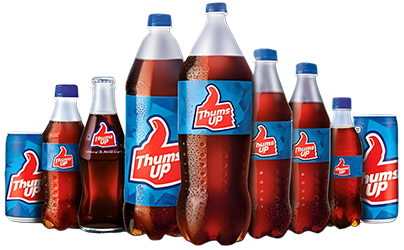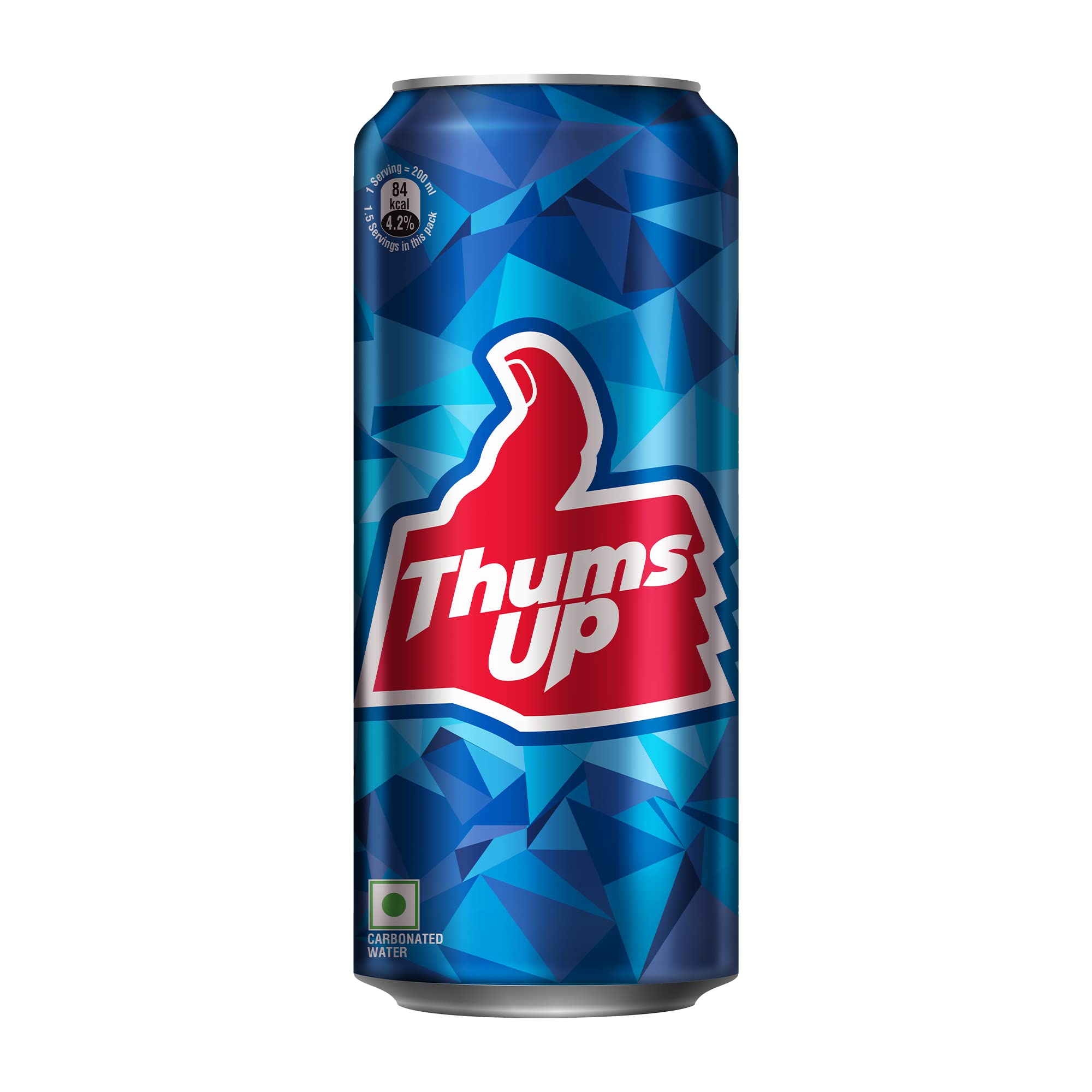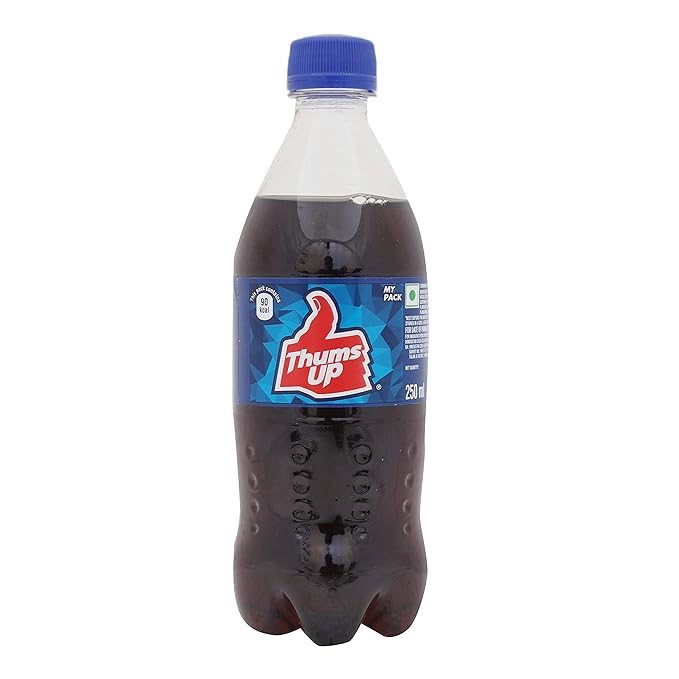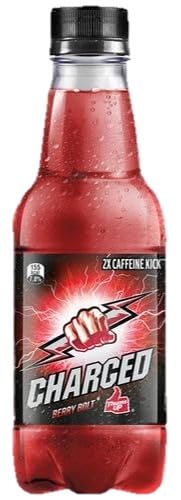Brand Overview
Brand:
Thums Up
Parent Company:
Parle Group; acquired by Coca-Cola in 1993
Core Categories:
Beverages
Taglines Over the Years:
- Taste the Thunder
Market Context at Launch (1977)
- Coca-Cola exited India in 1977 due to FERA (Foreign Exchange Regulation Act).
- A vacuum in the cola segment prompted local players to step in.
- Parle Products (makers of Parle-G) created Thums Up to fill this gap.
- Designed to be a homegrown alternative to Coca-Cola, but with a stronger taste suited to Indian consumers.
Marketing Mix (4Ps)
Product Strategy
Core Product Attributes
- Carbonated cola drink with a spicier, fizzier, and stronger flavor than most Western colas.
- High caffeine content for an intense kick.
- Packaging: Glass bottles, PET bottles, and cans in multiple sizes.
- Thicker mouthfeel and signature spicy bite.
- Intense carbonation to appeal to Indian taste preferences.
- Built a distinctive "masculine and bold" personality.
Pricing Strategy
- Initially priced competitively with local brands like Campa Cola, Double Seven.
- After Coca-Cola's acquisition, retained value pricing but introduced premium packaging (cans, larger bottles).
- Small packs for mass affordability and rural access (₹10–₹20 SKUs).
Promotion Strategy
Early Years (1977–1990s):
- Heavy investment in brand recall through “Taste the Thunder” tagline.
- Iconic TVCs with stuntmen, motorcycles, lightning — establishing its macho tone.
- Sponsored cricket and action-oriented shows to build brand masculinity.
- Coca-Cola initially downplayed Thums Up to promote Coke.
- However, consumer loyalty persisted, and Coca-Cola revived Thums Up as its own flagship cola in India.
- Celebrity endorsers: Salman Khan, later Mahesh Babu, Ranveer Singh, Shah Rukh Khan.
- Consistent focus on daredevilry, stunts, physical feats, resilience.
- Recent campaigns focus on overcoming limits, self-belief, and inner strength (e.g., “Soft Drink Nahin, Toofan”).
Distribution Strategy
- Leveraged Parle's and later Coca-Cola's extensive retail network.
- Available across:
- Urban and rural general trade
- Modern trade (supermarkets, quick commerce)
- Restaurants, cinemas, college canteens
- Widespread penetration through cold-chain logistics and localized marketing
Competitive Landscape
Main Competitors
- Pepsi – Youthful, American, celebrity-driven.
- Coca-Cola – More universal, emotionally soft.
- Local revivals like Campa Cola – Limited impact, more nostalgia-driven.
- Big Cola / Private labels – Price competition, but not brand strength.
Thums Up's Edge
- Differentiated taste profile
- Strong cultural roots
- Consistent positioning
- Powerful brand equity built over 4+ decades
Consumer Perception & Emotional Connect
- Known as the “Indian cola” — rooted in local identity.
- Preferred by consumers who want a stronger, bolder alternative to Coke or Pepsi.
- Deep resonance with youth in small towns, blue-collar workers, and cola purists.
- Symbol of Indian resilience and masculinity, especially among older millennials and Gen X.
Challenges & Strategic Responses
Challenges
- Internal brand conflict post Coca-Cola acquisition.
- Category stagnation due to sugar backlash and health concerns.
- Rising demand for juices, energy drinks, and low-calorie beverages.
- Coca-Cola allowed Thums Up to retain distinct brand identity.
- Introduction of Thums Up Charged – slightly stronger and marketed as an “energy cola”.
- Explored sugar-free variants, but limited traction.
- Leveraged regional celebrities (e.g., Mahesh Babu for South India).
Impact & Market Share
- Thums Up has been India's No. 1 cola brand by volume for over a decade.
- As of 2024, commands ~40% market share in the cola segment, higher than Coca-Cola or Pepsi.
- One of Coca-Cola India's top-selling brands globally.
- The only Indian-origin soft drink brand with pan-India success and global ownership.
Key Learnings
- Cultural resonance is more powerful than global sheen.
- Bold, consistent brand positioning over decades builds deep trust.
- Indian consumers appreciate “glocal” brands—global ownership with local roots.
- Taste matters: A differentiated flavor profile creates loyalty in an undifferentiated category.
- Owning a psychological space (power, masculinity, challenge) can give a clear competitive edge.
Summary
Thums Up's India story is about national identity, resilience, and authenticity. Launched to fill a void left by Coca-Cola, it built its own iconic place in Indian culture. Despite being acquired by Coca-Cola, Thums Up held its ground—proving that homegrown brands can beat global giants by staying true to their DNA. With its thunderous taste and bold attitude, Thums Up remains a symbol of India's taste for strength.













